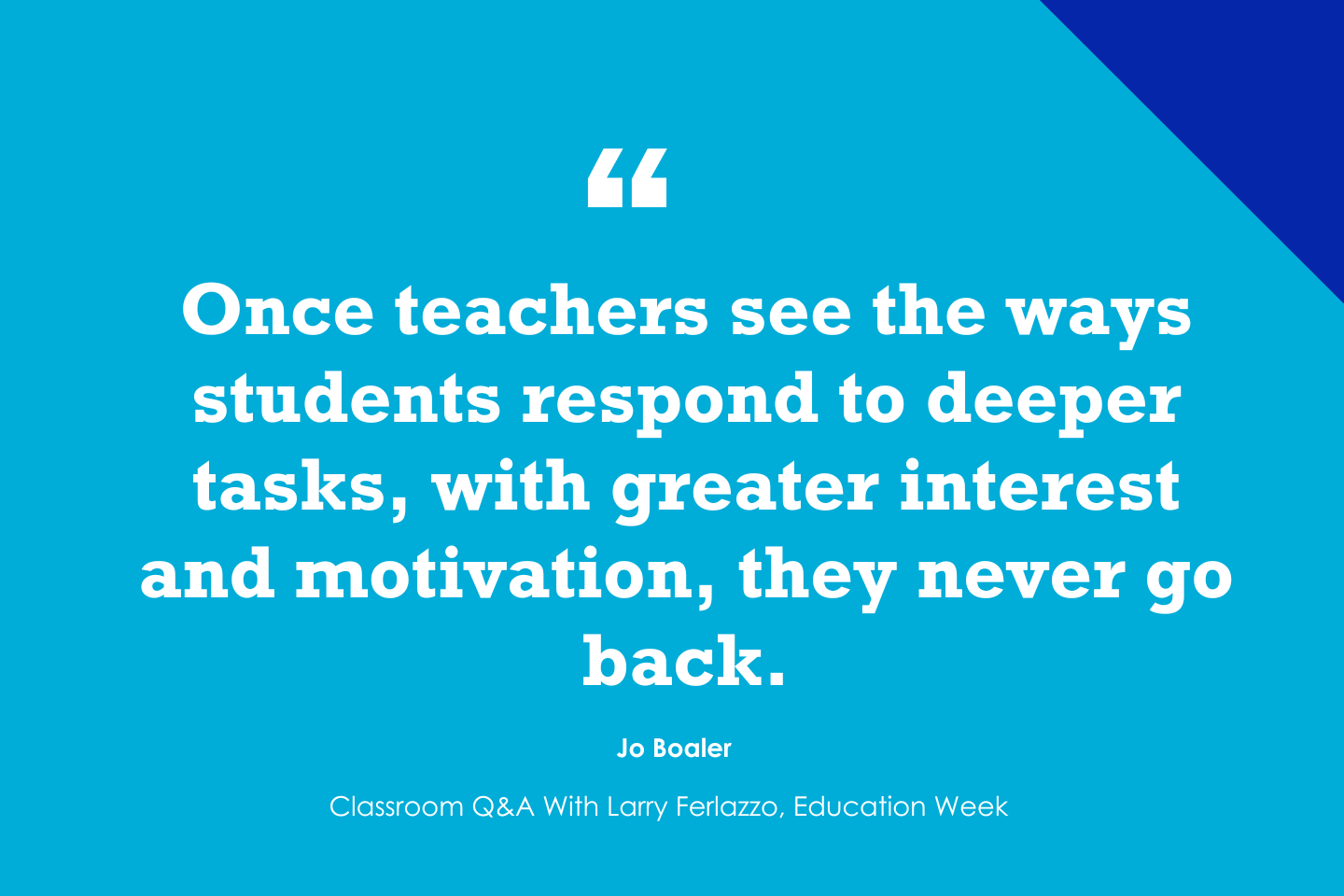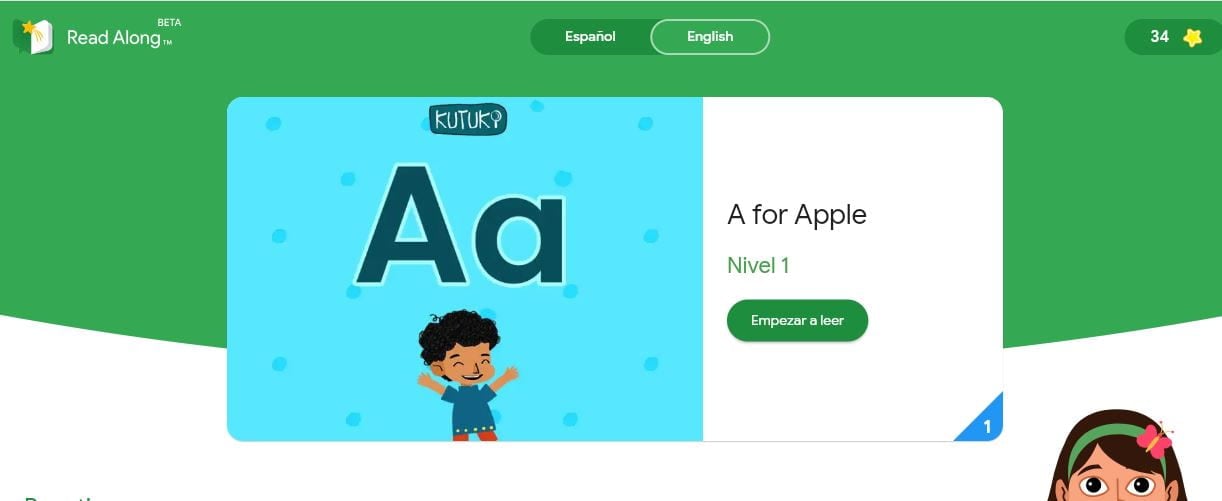
Key points:
- Community partnerships help schools create a solid future for students
- 3 key opportunities to address education’s biggest challenges
- Moving beyond compliance: Building relationships in education
- For more news on community partnerships in schools, visit eSN’s Educational Leadership hub
In many ways, schools are central to an entire community. They unite students, families, educators, and local organizations, fostering a sense of belonging and collaboration. Schools affect so many things around them, from property values to workforce development to the future of the children they serve–the next generation of community leaders, workers, and citizens.
By leveraging these connections and partnering with local businesses, schools can create unique opportunities for career and college pathways. Hands-on experiential learning can provide an education that is more than just theoretical–it becomes practical, relevant, and inspiring. Cultivating community partnerships can create a vibrant ecosystem where students gain real-world experiences, businesses invest in the next generation of talent, and relationships between the school district and the local community are strengthened.
However, finding the right partner and building a successful, sustainable program takes time and ongoing effort. When partnerships are mismanaged, they risk undermining trust, wasting valuable resources, and jeopardizing the long-term benefits that well-coordinated collaborations can provide for students, staff, and the broader community.
Here are five strategies that school districts can leverage to create meaningful, mutually beneficial relationships with community partners:
Equal investment
Without clear leadership and oversight, even the best-intentioned partnerships can fail. When both partners invest adequate staff and resources, it not only strengthens the overall relationship, but ensures its sustainability.
In the North Carolina Union County school district, the district’s hospital partner funds full-time employees to work within the schools. The hospital staff trains teachers, organizes on-site lab visits, and provides ongoing opportunities for professional development.
Together, the school and hospital team create and update curriculum, coordinate on-site learning experiences, and oversee program elements like internships, apprenticeships, and job shadowing opportunities, tracking program success in tandem and making adjustments when necessary.
Both parties properly investing in resources and tools like hands-on training and the right support software allows for a consistent and seamless learning experience.
A shared vision
The school district and its community partner must have a shared vision of expectations, processes, and desired outcomes of the partnership. Before entering into a relationship, both parties should do a deep dive and ask tough questions to determine if it’s a good fit. What do we want the students to get out of this? Do we share the same values? Are we aligned culturally? What is our vision of success? How do we get there? Are we both willing to invest the necessary resources to make this relationship successful? Will this partnership be equally beneficial?
When schools and their partners share the same goals and values, they create a united front that amplifies their efforts, ensuring that students receive consistent support both inside and outside the classroom.
Quarterly check-ins
Regular, frequent check-ins ensure that collaborations remain effective, aligned, and responsive to evolving needs. These regular touchpoints provide an opportunity to set goals, assess progress, share data, address any challenges, and make necessary adjustments to keep the partnership productive and focused.
Consistent communication allows schools to ensure that the resources and opportunities provided by their partners are benefiting students in meaningful ways. It also helps build stronger, more transparent relationships, fostering trust and accountability on both sides, creating a partnership in the true sense of the word.
Double down on data
A data-driven approach is essential to accurately tracking key performance indicators and maintaining a program that is both relevant and engaging. Analyzing data on attendance, grades, college credits, and student engagement helps the team understand at a glance if goals are being met or adjustments need to be made.
Because large amounts of data can be overwhelming, streamlining this information into a single dashboard helps key partner stakeholders–the CEO and senior executives–understand the value of their investment. It also generates community engagement by creating a digestible story to share with the community at large via the school board, Chamber of Commerce, and Rotary Club meetings.
Find flexibility
Change is imminent, especially within the educational landscape. Shifts in leadership, logistical processes, corporate acquisitions, technological advances, and ever-evolving community needs can all throw curveballs and threaten to derail even a successful program.
Creating a framework that is both flexible and scalable allows schools to respond to unforeseen challenges in a timely way and stay the course. It also lays the foundation that allows the partnership to grow as it becomes more successful, opening it up to new and larger student groups across the district.
Community collaborations provide students with invaluable hands-on experience, helping to bridge the gap between education and the workforce while preparing them for future careers. Local businesses, in turn, gain access to a pipeline of well-prepared, skilled workers who understand the needs of the industry. The right partnership takes time, effort, and leadership, and by working together, schools and businesses can create sustainable partnerships that not only enhance student learning but also foster a vibrant, interconnected community.
In many ways, schools are central to an entire community. They unite students, families, educators, and local organizations, fostering a sense of belonging and collaboration. District Management, Educational Leadership, Featured on eSchool News, businesses, career, children, collaboration, college, districts, Education, educators, future, generation eSchool News









